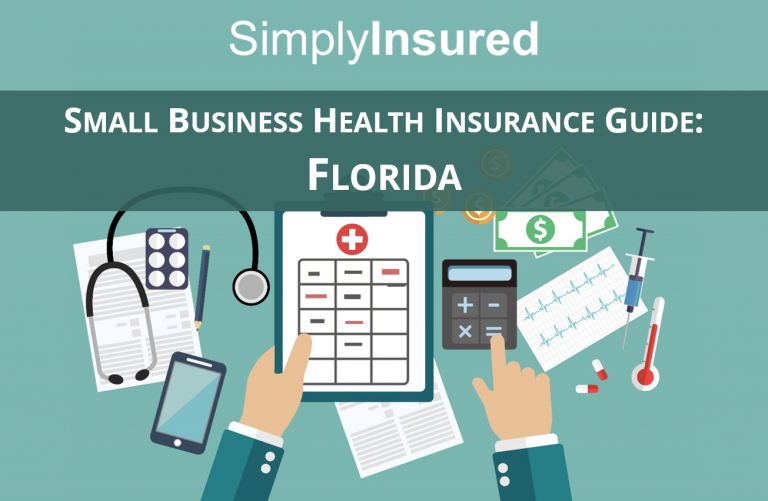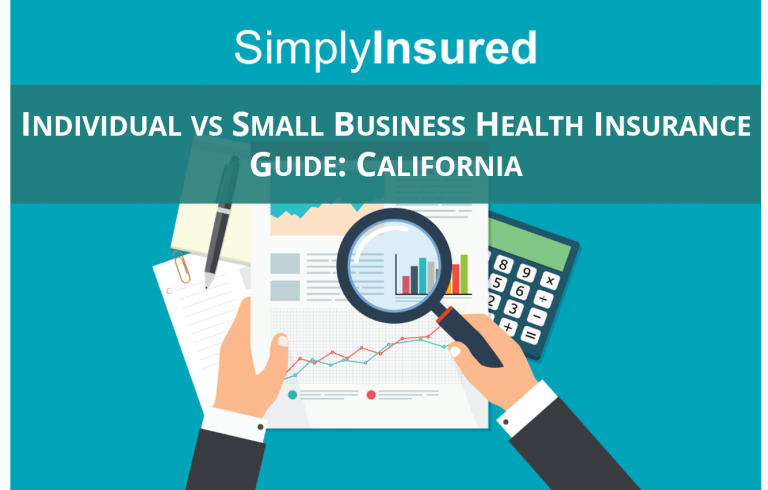Small Businesses’ Guide to 2020 Open Enrollment
As a business owner interested in health insurance for your small business, you have likely heard the term “Open Enrollment.”
Open Enrollment is the time at the end of the year when individuals can choose their health insurance plan for the upcoming year. If you’re signing up for an individual health plan through the federal health exchange, open enrollment in 2020 runs from November 1 to December 15. During this time, you can go to a site like healthcare.gov, browse available plans, and sign up for a plan that meets your needs. Coverage for plans selected during this time begins on January 1, 2021 and ends on December 31, 2021.
If you’re like many of the small businesses we talk to everyday, you may be wondering if you should direct your employees to the exchange to sign up for individual plans or if you should offer a group health insurance plan.
Here are some of the differences between individual plans and group plans:
- Enrollment period: Open enrollment only applies if you’re opting for an individual plan, meaning you can only sign up for a plan between November 1 and December 15. Your employees may be able eligible to sign up outside of this window if they have a qualifying life event such as getting married or having a child. On the other hand, you can sign up for small business insurance through a broker like SimplyInsured at any time throughout the year. Coverage will usually begin on the 1st of the month after you apply.
- Cost: Generally, we’ve found that small business plans are 10-20% cheaper than individual plans, but this varies based on income. Small business plans are tax deductible, which reduces the cost of coverage by the business tax rate (typically 25-35%). If your individual income is less than $48,000, you may qualify for subsidies from the government when purchasing individual insurance. The lower your annual income, the higher the subsidy. This calculator and this article can help you determine your subsidy. As a rule of thumb, we recommend looking outside of the individual marketplace if your individual income is more than $48,000.
- Carrier availability. Because individual plans are less profitable, many insurers have been leaving the individual health exchanges. In fact, in the 2020 open enrollment period, 31% of counties only have one carrier option on the individual market. Some carriers are opting to stay on the exchanges, but are only offering restrictive plans like HMOs to control costs. In contrast, nearly all carriers offer small group health insurance options and provide both HMOs and PPOs.
- Coverage. No matter which option you go with, you should be able to find a plan with the appropriate coverage level, although as noted above, you may see fewer carriers in the individual market. Bronze, silver, gold, and platinum plans are included on both individual exchanges and in small group offerings.
- Doctor and hospital network. Though this varies by market and plan level, small business plans generally have larger doctor and hospital networks, and provide access to more specialists and top hospital systems.
- Eligibility. Individual plans have less stringent eligibility requirements than group plans. To qualify for an individual plan, you must live in the U.S., must be a U.S. citizen or eligible immigrant, and cannot be incarcerated. To qualify for a group plan, there must be at least two people in your company, at least one of which is a W-2 employee. Additionally, the group cannot consist of a married couple unless you live in the following states: Washington, California, or Texas.
Have more questions? Contact us at hello@simplyinsured.com and we’ll be happy to guide you in the right direction.







